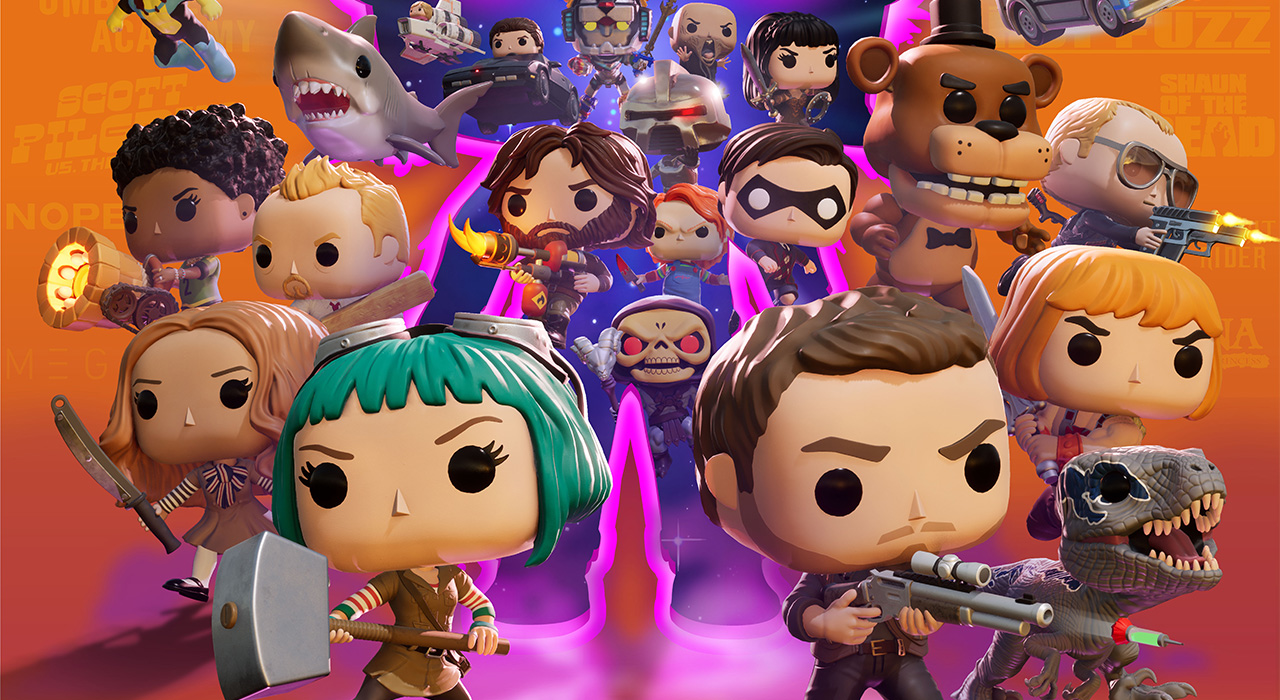Imagine if the Lego games got a late-night energy drink and binge-watched cult classics. That’s Funko Fusion in a nutshell: a mashup of pop culture worlds rendered in bobble-headed glory, with gameplay that’s part nostalgia trip, part collectathon, and part “wait, why did that button just do nothing?”
Let’s get this show on the road with a big admission. I am not the best person to review Funko Fusion in chez Angel. This falls to the lovely, long-suffering Mrs Angel who has an ever-growing collection of Funkos. At the grand total of 561 (and counting), she knows the Brand and is in the best position of thoroughly enjoy this game. I have played it for my purposes, but the majority of questions were extracted from a willing Mrs Angel (only in a nice way, obviously).
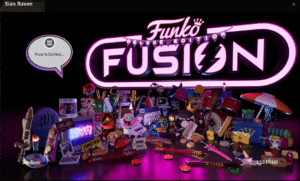
Funko Fusion is developed and published by 10:10 Games, a British studio co-founded by Jon Burton and Arthur Parsons—both veterans of Traveller’s Tales, known for their work on LEGO games. The quality of the workmanship and experience brought to bear at 10:10 Games is evident in every frame, a love letter to its predecessors.
Let’s get the obvious comparison out of the way: yes, this is essentially “Lego with larger heads.” But while Lego games lean into slapstick and family-friendly charm, Funko Fusion aims squarely at the adult collector crowd. The IP roster alone makes that clear: Jurassic World, Scott Pilgrim, The Umbrella Academy, Masters of the Universe, Hot Fuzz, The Thing, and Battlestar Galactica (the 1970s version, no less). These aren’t Saturday morning cartoons—they’re cult classics, genre benders, and nostalgia bombs for the over-30 crowd.
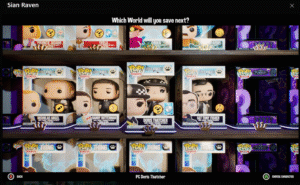
Level Design & Objectives
The game spans seven themed worlds, each built around a specific franchise. You’ll jump from the snowy paranoia of The Thing to the neon chaos of Scott Pilgrim, with each level offering a mix of exploration, puzzle-solving, and light combat. Objectives are mostly straightforward: find the thing, fix the thing, fight the thing. But the game doesn’t always signpost clearly, which leads to a fair bit of backtracking and “what did I miss?” moments. Each level is peppered with collectibles—some useful, some just for completionists. You’ll unlock characters as you go, each with their own quirks and abilities. Some of these are genuinely clever (Scott Pilgrim’s guitar-based soundwave attacks are a standout), while others feel like reskins with minor stat tweaks. Sadly, the game doesn’t always capitalize on character-specific mechanics. Orko floats but can’t cross gaps. Prince Adam transforms into He-Man, rendering the rest of the Masters of the Universe crew mostly decorative.
There are a lot of pickups found in chests in the game, including unusual weapons and their version of potions, but there doesn’t seem to be a way to easily see what you’ve picked up or what it actually does. You’ve picked up a round blue thing, congratulations! what does it do? No idea! How do I use it? No idea!
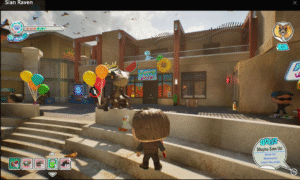
Combat & Controls
Combat is simple, almost too simple. You pick up weapons in each level—guns, melee tools, the occasional gimmick—and mash your way through random enemies. It’s third-person shooting, but don’t expect precision. It’s easy to miss shots or get swarmed by enemies. There’s no real finesse here, just crowd control and hoping your weapon doesn’t glitch mid-swing. Controls are where Funko Fusion stumbles hardest. Movement feels floaty, hitboxes are inconsistent, and some interactions (especially with environmental puzzles) are just plain annoying, especially when you’re on a timer. It’s playable but not polished.

Graphics & Performance
Visually, Funko Fusion is good, but not great. It won’t stress your Series S, but this means that the frame rate never slows, and the action is always fast moving. The environments are stylized but not particularly detailed, and the character models—true to Funko form—are all oversized heads and stubby limbs. There’s charm in the lo-fi aesthetic, especially in the hub areas where theme music and visual gags nod to each franchise’s roots. But don’t expect dynamic lighting, particle effects, or anything that screams “next-gen.” This is a game that runs fine, looks fine, and mostly stays out of its own way.

Who is Funko Fusion for?
Despite the toy-like visuals, this isn’t really for kids. The humour, references, and IP choices skew older, and the gameplay loop rewards patience more than reflexes. If you grew up quoting Hot Fuzz, debating Battlestar Galactica lore, or watching The Thing with the lights off, this game is speaking your language. It’s a playable tribute to geek culture, even if the execution is uneven.
Extras
As this is a Funko game there are obviously IRL figures you can collect that contain codes to unlock Pops in game. This sounds great, but the codes are not for the Pop you’ve bought, instead they’re a random figure from a very small list (if you’re in the US you can a KFC figure that’s not available across the pond) so there’s always a chance of duplicates.
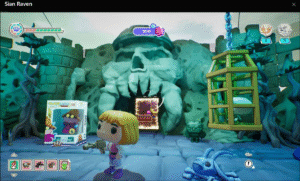
Conclusion
Funko Fusion is a love letter to pop culture, wrapped in a bobblehead aesthetic and delivered with a slightly shaky hand. It’s fun, flawed, and occasionally frustrating—but if you’re the kind of player who sees potential in the rough edges, there’s enough here to justify the journey.
Overall
-
CX Score - 70%70%
Summary
Pros
- Brings some of the greatest 80’s titans together in a plastic-shod sandbox.
- It’s not always beautiful but it’s fun.
- There are a lot of tasks to complete and things to find to make each level worth replaying and exploring after the main storyline has been completed.
Cons
- Funko Fusion is ripe for improvement.
- The character system begs for deeper customization.
- The level design, while charming, could benefit from clearer objectives and fewer invisible walls.
- There’s potential here, but it feels like a beta build that got pushed live.

